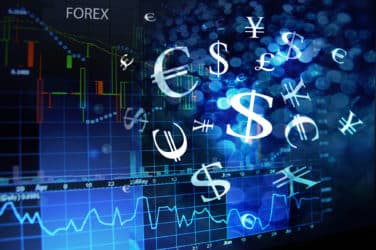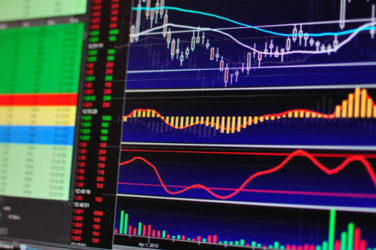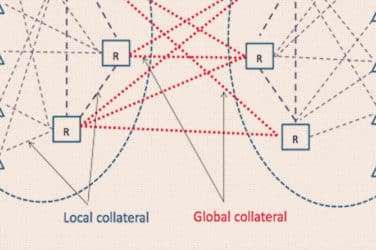
One step back, two steps forward.
That was the path for automation, algorithms and artificial intelligence applications in fixed income trading over the past few months.
Extreme volatility in March amid the unprecedented COVID-19 pandemic prompted some traders to back off newer, less proven trading technologies in favor of old-fashioned telephone transactions. But as vol subsided, automation, algos and AI reclaimed a front burner — and market participants and observers say the tumult made the technologies stronger ahead of the next disruption.
“AI trades went down a lot as a percentage of volume (in March) — the market was stressed and needed human oversight,” Tradeweb President Billy Hult said Wednesday afternoon at the Piper Sandler Global Exchange and FinTech Conference. “That percentage recovered quickly as markets got more healthy.”
The step back will be just a blip in an inexorable longer-term, secular trend toward more automation and AI in fixed income trading. “We have to continue to invest a lot in terms of getting smarter and more sophisticated around the search for liquidity,” Hult said.
Sonali Thiesen, Head of Fixed Income Market Structure and E-Trading at Bank of America Merrill Lynch, noted that in the corporate bond market in March, the issue was one of liquidity constraints rather than credit concerns, and that flummoxed the machines.
“Algos got shut off because they weren’t programmed for that event,” Thiesen said. “The programmatic trading that exists in credit is not equipped to handle volatility related to liquidity.”
Program trading models did turn back on and while it remains to be seen what the next market rough patch will be, the trading methodology will be more adept heading into it.
Kevin McPartland, Head of Market Structure and Technology Research at Greenwich Associates, said electronic trading as a share of total trading volume declined a couple percentage points in March. “There was a pickup in voice trading,” he said. “Investors didn’t know what was going on, so humans were looking to talk to other humans to understand things better. Order book trading picked up.”
Next time may be different. “The silver lining (from the volatility) is that there was a tremendous amount of data generated,” McPartland said. “Robots will learn an awful lot from what went on.”
One notable takeaway from the action of a few months ago was that more traditional investment managers, who are typically price ‘takers’ in market structure, stepped into the role of price makers.
“An interesting pattern in March was the long-only as liquidity provider,” said Chris Concannon, President and Chief Operating Officer at MarketAxess. While most such buy-side firms are not on the cutting edge of automation, they saw price levels that were attractive and they were able to leverage trading tools, step in and provide necessary liquidity to the market, Concannon said.
To be sure, humans remain at the center of trading in many areas of fixed income, such as high yield and other less liquid markets that continue to trade mostly ‘by appointment’.
“We are technology-focused, but people would be surprised at how many human traders we have and how much manual discretion they have,” said Matt Berger, Global Head of Fixed Income Trading at Jane Street. “A lot of adjustments have to be made on the fly.”
Berger said Jane Street has 40 college graduates starting as traders soon, and not all of them have backgrounds as developers.
Going forward, data is a critical component to drive more algorithmic trading. Concannon of MarketAxess described fixed income as a “price request” market — the Trace price reporting system offers some information, but prices are still discussed privately.
“In order to have automation, you need better and more sophisticated data,” Concannon said. Traders need better data on when to trade, and what protocol to trade, to improve inputs for algos. There can be “phenomenal outcomes” if that code is cracked, he said.
“We are in a unique time — everybody is in a retooling moment right now, looking at what worked and what didn’t,” Concannon said. “Everybody is rethinking how to source liquidity, because we expect more volatility.”








